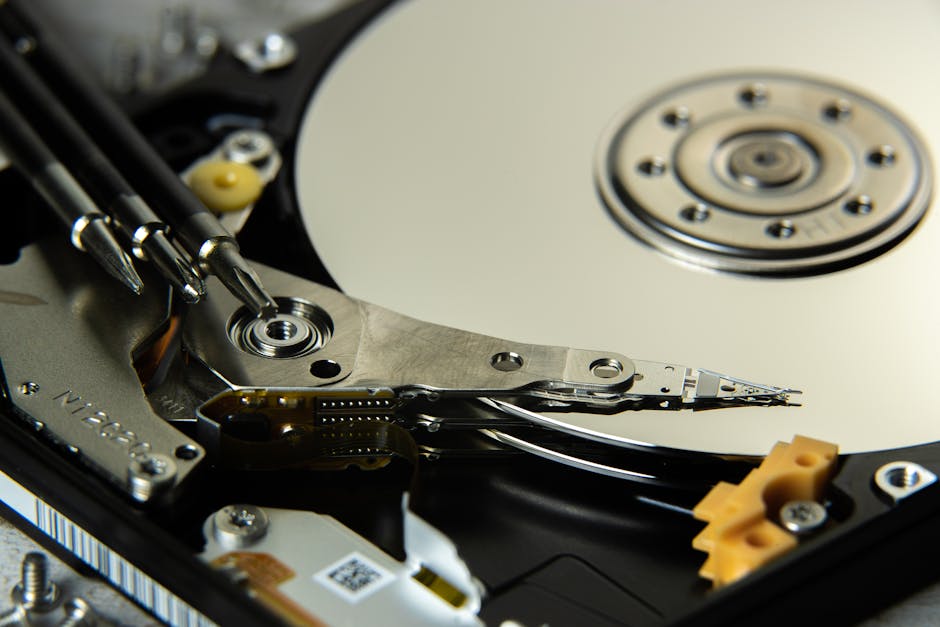Introduction
Data replication is an important part of any disaster recovery plan. By replicating data, you can ensure that your critical data is always available, even if your primary data center goes offline. In this blog post, we’ll cover everything you need to know about replicating your data for disaster recovery, including how to set up and test your replication solution.
 Photo by Sergei Starostin on Pexels
Photo by Sergei Starostin on Pexels
Replicating your data for disaster recovery.
What is data replication
Data replication is the process of copying data from one location to another. Data replication can be used for backup and disaster recovery purposes, or to keep multiple copies of data in different locations for redundancy.
There are two types of data replication: synchronous and asynchronous. Synchronous replication copies data in real-time, so that if the primary copy of data is lost, the replica can be used immediately. Asynchronous replication copies data at regular intervals, so there may be a delay between the primary copy and the replica.
Data replication can be performed manually or automatically. When performed manually, an administrator must select which files to replicate and initiate the replication process. When performed automatically, a Replication Solution will continuously monitor the source data and replicate changes as they occur.Why replicate your data
Data replication is important for backup and disaster recovery purposes. If the primary copy of data is lost or corrupted, the replicas can be used to restore the lost data. Additionally, having replicas in different locations can help to ensure that data is available even if one location experiences an outage or disaster.
For example, consider a company that has its primary database server in New York City and a replica in Los Angeles. If the New York server goes down due to a power outage, the Los Angeles replica can be used until the New York server is back up and running again.How to replicate your data
Replicating your data can be done manually or automatically using a Replication Solution . When done manually , you must select which files to replicate and initiate the process . This approach requires more administrator involvement but gives you more control over which files are replicated . Automatically replicating your data using a Replication Solution will continuously monitor source files for changes and replicate them as they occur . This approach requires less administrator involvement but does not give you as much control over which files are replicated .
Regardless of which approach you choose , there are three main steps involved in replicating yourdata:
1) Identify what needs to be replicated – This includes identifying which file s needto be copied as well as determining when and how oftenreplication should occur .
2) Copythe files – The selected files must then actually be copiedto their destination . This can be done using removable media suchas USB drives or CDs , or over a network connection .
3) Verifythat the copies are accurate – Once the files have beencopied , it is important to verify that they were copied correctlyand completely . This can be done by comparing checksum valuesor by comparing file sizes .
Setting up data replication.
Identify your replication goals
Before setting up data replication, it is important to first identify your goals for replicating data. There are many reasons why you might want to replicate data, such as for backup or disaster recovery purposes. Once you know your goals, you can choose the best replication solution to meet your needs.Choose a replication solution
There are many different replication solutions available, so it is important to choose one that meets your specific needs. Some factors to consider when choosing a replication solution include:
-How much data needs to be replicated?
-How often does the data need to be replicated?
-What is the budget for replicating data?
-What are the performance requirements for replicating data?Set up your replication solution
Once you have chosen a replication solution, you will need to set it up according to your specific requirements. The process for setting up a replication solution will vary depending on the product you choose, but there are some general steps that are usually involved:
1) Install the software on the servers that will be used for replicating data.
2) Configure the software according to yourReplication Goals.
3) Test the replicaiton process to ensure that it is working correctly.
4) Maintain the replication solution to ensure that it continues to meet your needs.
Testing your data replication.
Why test your data replication
It is important to test your data replication in order to ensure that it is working properly and that all of your data is being replicated correctly. There are a few different ways to test data replication, including manually checking the replicated data for accuracy, using a tool to compare the source and replica data, and running tests with actual production data.How to test your data replication
There are a few different ways that you can test your data replication. One way is to manually check the replicated data against the original data to ensure that it is accurate. Another way is to use a tool such as Data Reaper or Replication Manager to compare the source and replica data. Finally, you can also run tests with actual production data to see how well the replication process works under real-world conditions.
Maintaining your data replication.
Why maintain your data replication
As with any system, it is important to regularly check that your data replication is working as expected. There are a few reasons for this:
First, data changes constantly – new records are added, existing records are updated, and deleted. If these changes are not replicated to the disaster recovery site, then you may not have an accurate copy of your data in the event of a disaster.
Second, over time hardware and software can change. For example, you may upgrade your database server or switch to a new database vendor entirely. These changes can impact how data is replicated, so it is important to ensure that the process is still working as expected.
Finally, as your business grows and changes, your disaster recovery needs may change as well. For example, you may decide that you need near-instantaneous replication of data instead of hourly updates. Or you may need to replicate to multiple disaster recovery sites instead of just one. Regularly testing and reviewing your data replication process will help ensure that it meets your current needs.How to maintain your data replication
There are a few key steps to maintaining your data replication:
First, monitor the process closely to ensure that all changes are being replicated as expected. This can be done using tools provided by your database vendor or by custom scripts that you develop yourself.
Second, periodically test the process by simulating a disaster and restoring from the replica site(s). This will help ensure that the replica site(s) contain accurate and up-to-date copies of your data.
Third, review your Replication Agreement regularly to ensure that it meets the changing needs of your business (see Section 2 for more information on Replication Agreements).
By following these steps, you can be confident that your data replication process is working as expected and that you will be able to quickly recover from a disaster should one occur.
Conclusion
As we’ve seen, data replication is a vital part of any disaster recovery plan. By replicating your data, you can ensure that you have a backup in case of any catastrophic event. While setting up data replication can seem like a daunting task, it’s actually quite simple if you follow the steps outlined in this blog post. And most importantly, don’t forget to test your replication regularly to ensure that it’s working properly.
